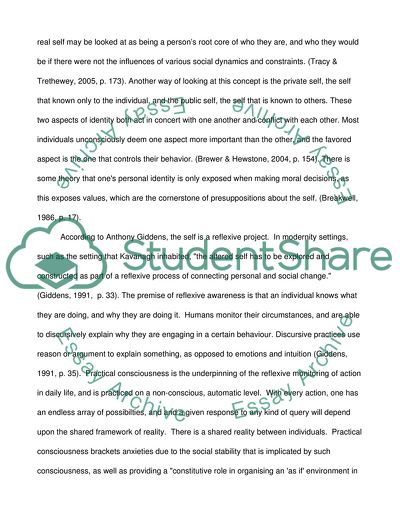Cite this document
(Issue of Identity through the Work of Patrick Kavanagh Case Study, n.d.)
Issue of Identity through the Work of Patrick Kavanagh Case Study. Retrieved from https://studentshare.org/literature/1743366-discuss-the-issue-of-identity-through-the-work-of-patrick-kavanagh
Issue of Identity through the Work of Patrick Kavanagh Case Study. Retrieved from https://studentshare.org/literature/1743366-discuss-the-issue-of-identity-through-the-work-of-patrick-kavanagh
(Issue of Identity through the Work of Patrick Kavanagh Case Study)
Issue of Identity through the Work of Patrick Kavanagh Case Study. https://studentshare.org/literature/1743366-discuss-the-issue-of-identity-through-the-work-of-patrick-kavanagh.
Issue of Identity through the Work of Patrick Kavanagh Case Study. https://studentshare.org/literature/1743366-discuss-the-issue-of-identity-through-the-work-of-patrick-kavanagh.
“Issue of Identity through the Work of Patrick Kavanagh Case Study”. https://studentshare.org/literature/1743366-discuss-the-issue-of-identity-through-the-work-of-patrick-kavanagh.


